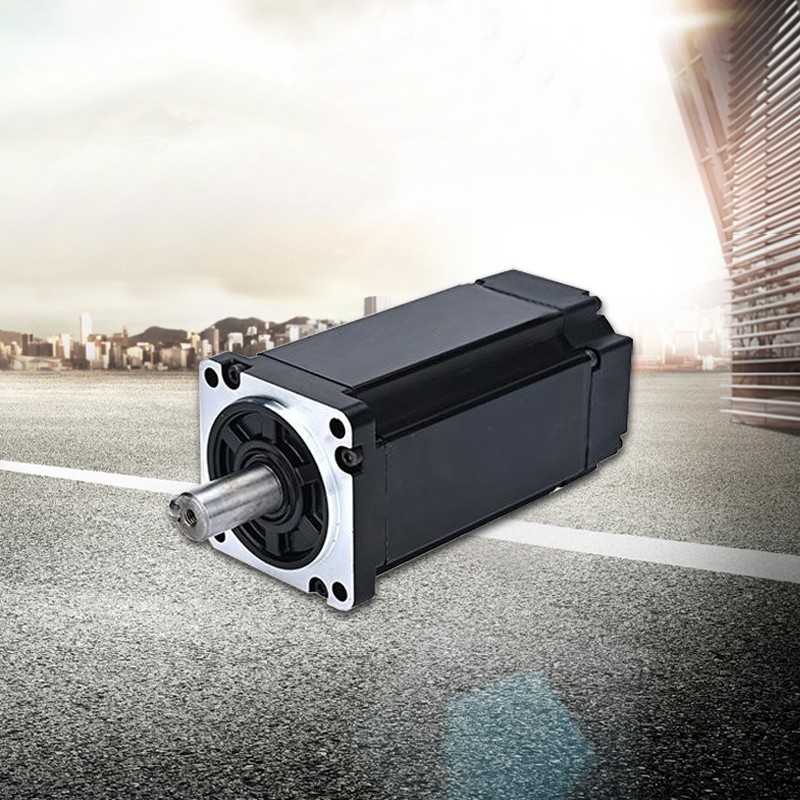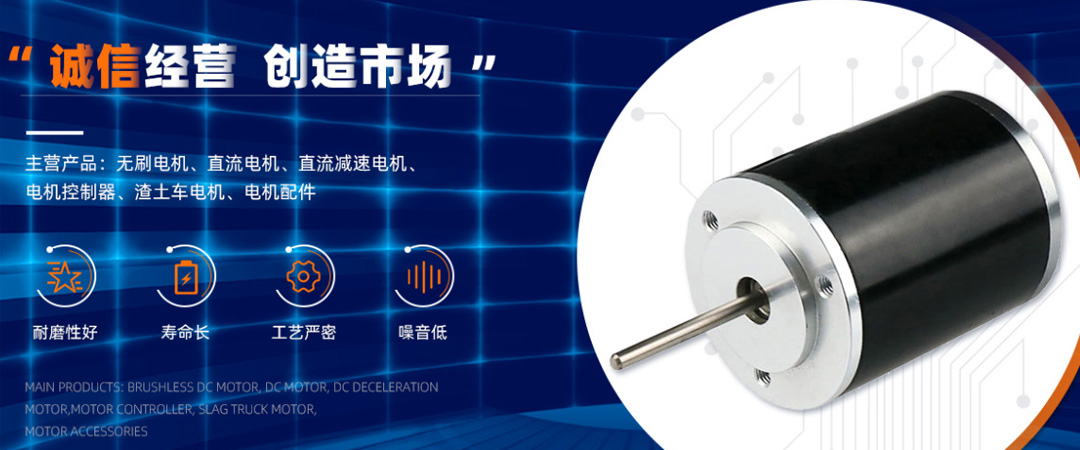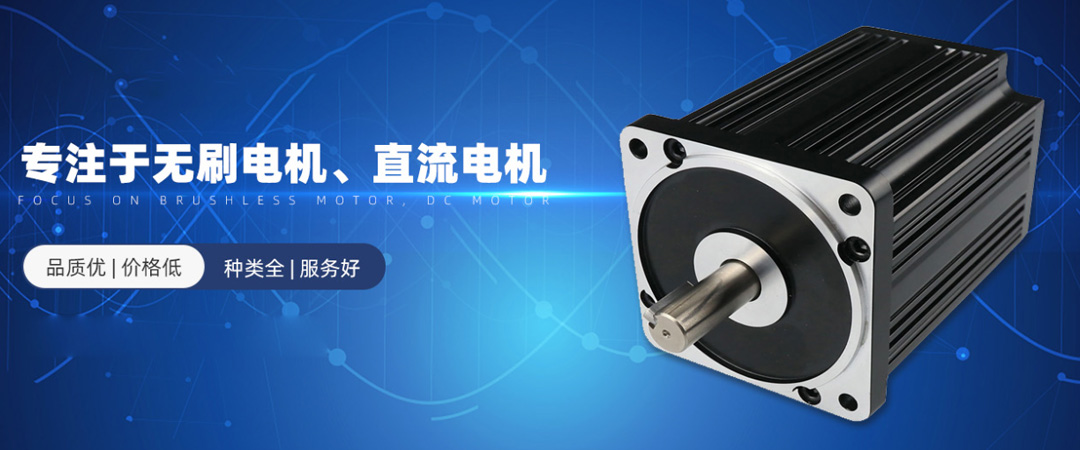How to measure magnetic flux in brushless motors
Brushless motors drive the rotor through electronic commutation, without the need for traditional brush to brush contact. This design enables the motor to have higher efficiency and longer lifespan. However, accurately measuring the magnetic flux in brushless motors is a relatively complex task.
In brushless motors, magnetic flux is generated by permanent magnets on the rotor. A common method for measuring magnetic flux is to use Hall effect sensors. A Hall effect sensor is a magnetic field sensor based on the Hall effect, which can measure the strength and direction of a magnetic field. By placing Hall effect sensors in the magnetic field of a brushless motor, important information about magnetic flux can be obtained.
In addition to Hall effect sensors, there are other methods for measuring magnetic flux. For example, a common method is to use a magneto resistive sensor. Magnetic resistance sensors use the influence of magnetic fields on material resistance to measure magnetic flux. They are usually composed of two magnetoresistors, and when the magnetic field changes, the resistance value also changes accordingly. By measuring the change in resistance, the magnitude of magnetic flux can be indirectly understood.
In summary, magnetic flux measurement in brushless motors is an important and challenging task. By using various sensors such as Hall effect sensors, magneto resistive sensors, and Hall elements, the magnetic flux in brushless motors can be accurately measured, thereby better understanding and controlling the working state of the motor.
In brushless motors, magnetic flux is generated by permanent magnets on the rotor. A common method for measuring magnetic flux is to use Hall effect sensors. A Hall effect sensor is a magnetic field sensor based on the Hall effect, which can measure the strength and direction of a magnetic field. By placing Hall effect sensors in the magnetic field of a brushless motor, important information about magnetic flux can be obtained.
In addition to Hall effect sensors, there are other methods for measuring magnetic flux. For example, a common method is to use a magneto resistive sensor. Magnetic resistance sensors use the influence of magnetic fields on material resistance to measure magnetic flux. They are usually composed of two magnetoresistors, and when the magnetic field changes, the resistance value also changes accordingly. By measuring the change in resistance, the magnitude of magnetic flux can be indirectly understood.

In summary, magnetic flux measurement in brushless motors is an important and challenging task. By using various sensors such as Hall effect sensors, magneto resistive sensors, and Hall elements, the magnetic flux in brushless motors can be accurately measured, thereby better understanding and controlling the working state of the motor.



